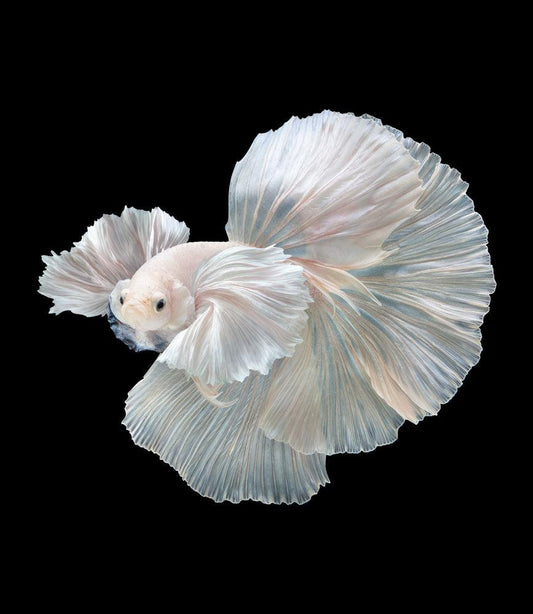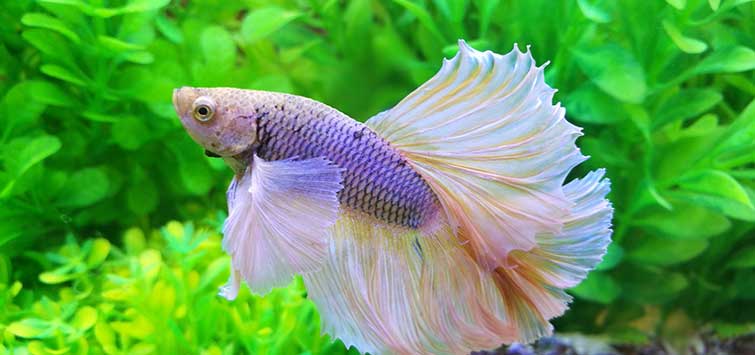Betta Fish Life-span: How to Ensure Your Betta Lives Longer
Betta Fish Life-span: How to Ensure Your Betta Lives Longer
Blog Article
Reproducing Betta Fish: a Comprehensive Step-By-Step Guide to Effectively Raising Child Bettas From Eggs to Their Adult Years
Reproducing Betta fish is a precise undertaking that needs careful preparation and implementation to guarantee the successful growth of fry from eggs to develop fish. Picking genetically diverse breeding couple with desirable features is only the start; creating an optimum atmosphere and understanding the ins and outs of the breeding procedure are equally critical. As the male Betta carefully constructs a bubble nest and guards the valuable eggs, the succeeding stages of care and shift demand interest to information and knowledge of finest techniques. Just how does one navigate the challenging yet satisfying path of nurturing these vivid creatures to the adult years?

Selecting Reproduction Pairs
When starting the trip of reproducing Betta fish, selecting the right breeding pairs is important to achieving preferable qualities and a healthy family tree - betta fish. The initial step in this process is to recognize the certain traits you desire to enhance or maintain, such as color, fin kind, and body shape. It is vital to select genetically varied pairs to stay clear of inbreeding, which can cause health problems and undesirable attributes
Assess possible breeding prospects thoroughly. A healthy and balanced male Betta ought to show dynamic shades, an active temperament, and well-formed fins, while the female must also present dynamic pigmentation and a rounded tummy, showing readiness for spawning. Observing the character of both fish is vital, as aggressive or overly reluctant individuals might not breed efficiently.
Keeping records of the parent fish's ancestry can assist you track genetic qualities and possible concerns. Ultimately, spending time in the selection process will considerably improve the probability of generating solid, vivid spawn that satisfy your reproduction objectives.

Preparing the Breeding Container
Developing an ideal breeding environment is a crucial action after choosing appropriate sets for Betta fish. The reproduction container should be especially designed to provide convenience and promote the all-natural reproduction habits of the fish. Begin with a tank dimension of at least 10 gallons to make certain sufficient room for both the man and women Bettas.
Preserve a mild filtration system to maintain the water clean while preventing strong currents that can worry the fish. In addition, an air stone can be included to provide oxygenation without interfering with the water surface as well a lot.
Temperature guideline is vital; go for a steady array of 78-82 ° F(25-28 ° C) utilizing a reliable heating unit. The pH degree ought to be kept in between 6.5 and 7.5, and routine water modifications are necessary to guarantee high water high quality.
Include floating plants or spawning sponges to develop concealing areas for the lady, while also urging bubble nest building by the man - betta fish. Ultimately, make sure the tank is without sharp designs and any kind of potential risks, as the well-being of the fish need to always be prioritized during this vital stage of reproduction.
The Reproduction Refine
Typically, the breeding process for Betta fish involves a series of distinct and observable behaviors that indicate readiness for reproduction. The male Betta starts by building a bubble nest at the water's surface, which serves as a website for the fed eggs. This nest is crucial, as it provides a safe environment for the eggs until they hatch.
Once the nest is established, the male will display courtship behaviors, such as flaring his fins and exhibiting vibrant colors to bring in the lady. The lady, upon picking up the man's preparedness, will certainly react by presenting vertical red stripes along her body, signifying her you can check here receptiveness.
When the women methods, the male takes part in a mating dancing, frequently bring about an accept known as the "spawning." Throughout this welcome, the woman releases her eggs, which the male feeds right away. The fed eggs then fall to the bubble nest, where the male very carefully accumulates and returns them to the nest. Following this, the male thinks responsibility for securing the nest and making certain the safety and security of the eggs up until they hatch, commonly within 24-36 hours. This stage is critical in the reproducing process, laying the structure for successful fry growth.
Taking Care Of Betta Fry
Caring for Betta fry calls for mindful attention to their atmosphere and nourishment to ensure healthy growth and advancement. After hatching out, Betta fry are extremely small and susceptible, requiring a secure and clean habitat.
Feeding Betta fry is just as essential. Feed them small quantities several times a day, being careful not to overfeed, which can lead to water quality problems.
Transitioning to Grownup Bettas
As Betta fry fully grown, transitioning them to grown-up Bettas is an essential stage that needs careful management of their setting and social communications. This process generally starts when the fry get to around six weeks old, whereupon they can be slowly introduced to an extra structured living environment.
To promote this shift, it is vital to make certain that the water specifications-- such as temperature, pH, and ammonia degrees-- are optimal and steady. Adult Betta fish grow in warm water (around 78-80 ° F) with a pH of 6.5 to 7.5. Progressively accustom the fry to these problems to reduce stress.
Social communications are another crucial element; man Bettas are notoriously territorial and hostile. It is a good idea to different males into specific tanks as they develop. Women Bettas can be housed together, however care ought to be required to keep an eye on for indications of aggressiveness.
Additionally, dietary changes should be made as the fry grow. Integrate high-quality pellets and live foods to support their growth and wellness. By managing these elements successfully, you can advertise a successful click site shift to the adult years for your Betta fish.

Final Thought
Effective breeding of Betta fish calls for cautious focus to information throughout the entire procedure, check my site from selecting genetically varied pairs to providing ideal care for fry. Furthermore, a balanced diet plan and gradual adaptation to grown-up atmospheres are critical for the development and growth of Betta fish.
Report this page